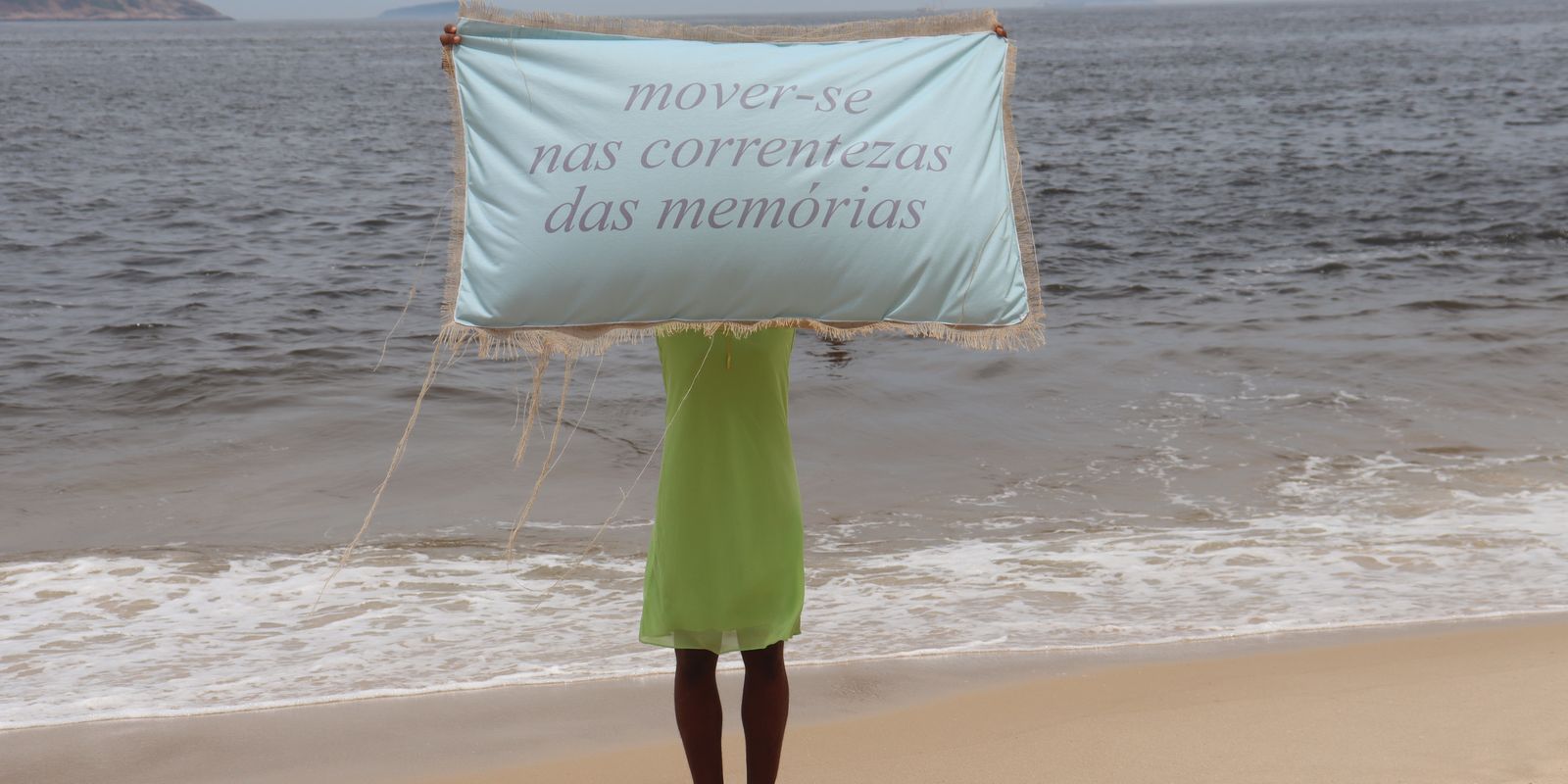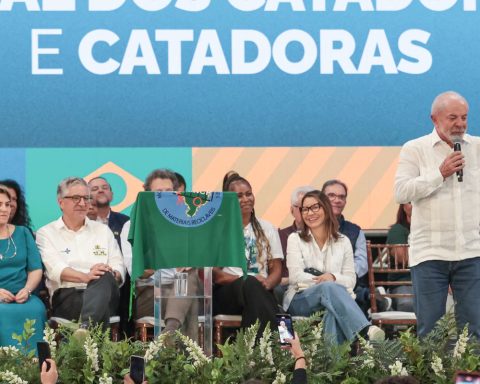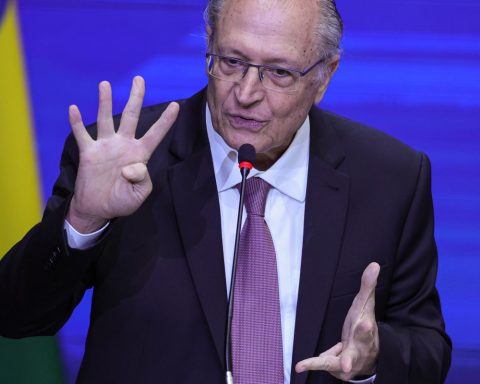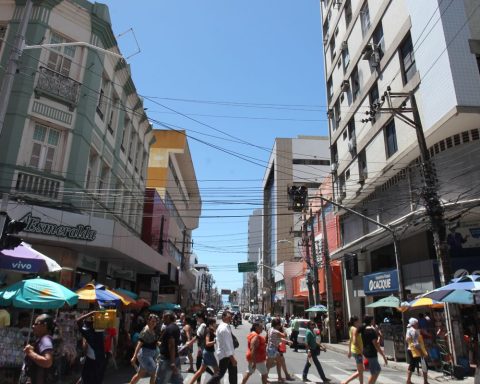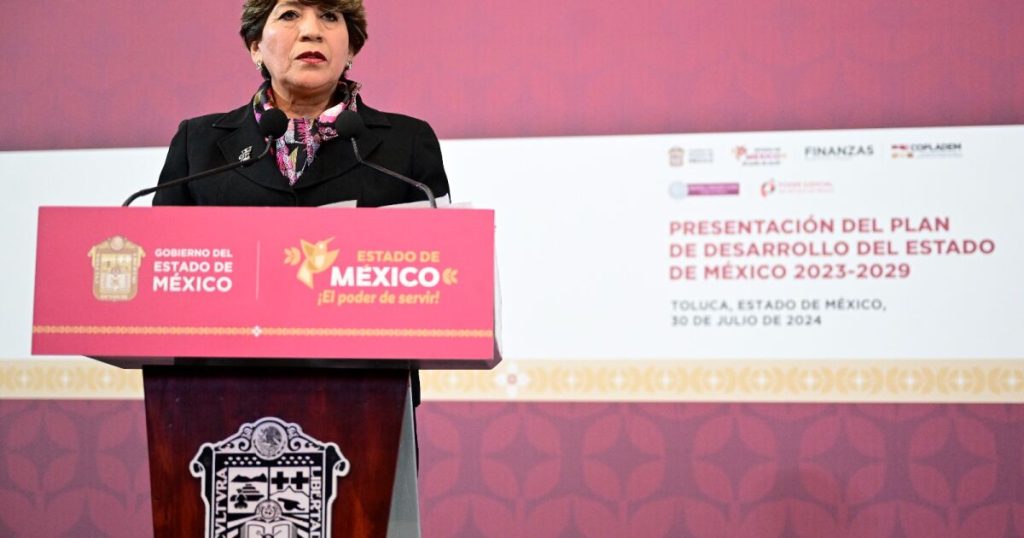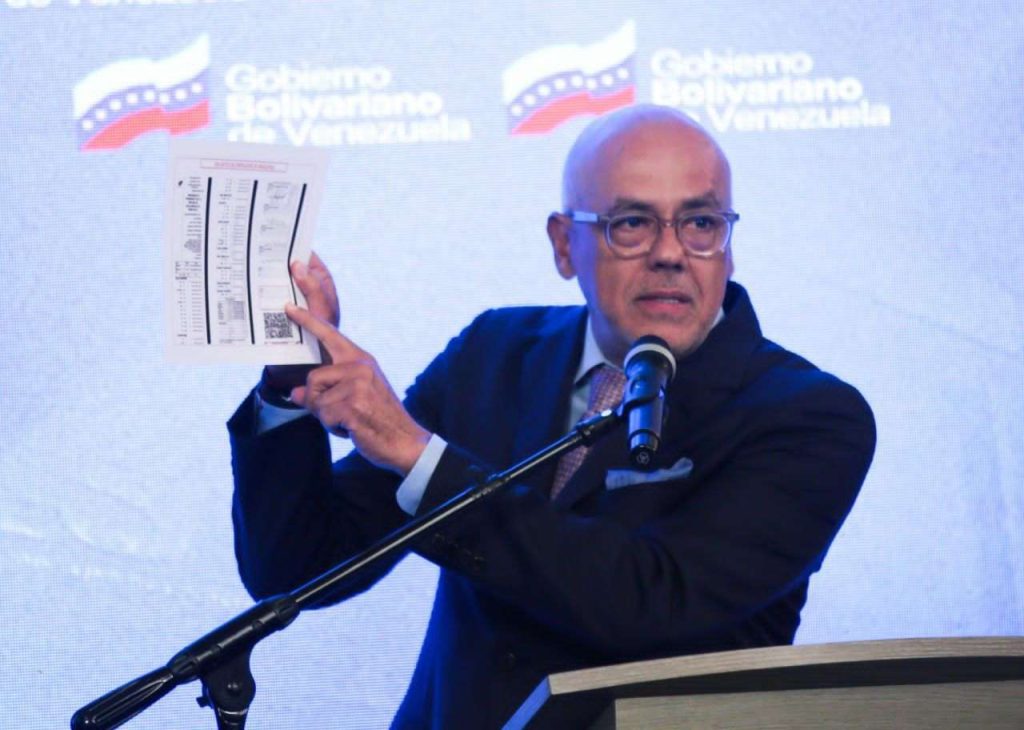The Museum of Afro-Brazilian History and Culture, located in Gamboa, a port area in the capital of Rio de Janeiro, is offering free programming this Saturday (3) as part of the third edition of the Margem Visual Festival: Periférica Performance, organized by Mó Coletivo. The event is presented by the Ministry of Culture and the State Secretariat for Culture and Creative Economy of Rio de Janeiro (Secec RJ), through the Paulo Gustavo Law.
One of the members of the collective, artist and researcher Mery Horta, reported that, this Saturday and next (10), the museum’s programming will be entirely free, with accessibility for people with disabilities. Starting at 10 am, there will be live performances and seminars with artists, Mery told Brazil Agency.
Also on site, until September 1st and with free admission, there will be an exhibition of works selected by Mó Coletivo for the festival. At the end of the exhibition, a printed catalogue will be distributed to visitors, Mery said. “People can take the book home with critical texts and photos of the artists.”
Twenty artists were selected to participate in the exhibition and activities at the 3rd Margem Visual Festival. The selection was curated by Mery and Carolina Rodrigues and Mariana Maia, who are also members of Mó Coletivo. “We are three black women, from the outskirts of Rio de Janeiro, who already work with art and have postgraduate degrees in the visual arts. We brought this festival, this selection, to create an opportunity, a space for other artists from the outskirts to showcase their work.”
Registrations
The curatorship received submissions of over 100 works by artists from peripheral areas throughout the state of Rio de Janeiro. “All of them are performance artists. We received works of photography in performance, video in performance, live performance and also in dialogue with other materials, such as sculpture, installations that are activated with performance.”
Of the 100 applicants, 20 were selected to participate in the festival, living in peripheral areas of Rio, in São João de Meriti, Nova Iguaçu, Favela dos Tabajaras, Maré, Quintino, Bangu, Nova Iguaçu and Niterói. In addition to peripheral artists, the event organizers prioritized artists and collectives made up of people with disabilities, black people, indigenous people, LGBTQIA+ people and women.
Mery Horta said that for some of the selected artists, who are just starting out in their careers, the Margem Visual Festival is an opportunity to showcase their work for the first time. “For others who are already prominent in the contemporary visual arts scene, it is not.” The curators say they are happy to provide this incentive to artists who are just starting out in their careers.
According to Mery, the third edition of the festival shows a greater diversity of artists submitting their work compared to the first. “There is a poetic quality to the work. This shows us that the outskirts of Rio de Janeiro produce a lot of interesting things, and the festival is precisely this space for people to get in touch with what the artists are producing.”
Performance work
One of the selected artists was Rafael Amorim. The choice of his work motivated him to think about his performance piece for the context of the Museum of Afro-Brazilian History and Culture and its historical relevance, as a municipal museum committed to the memory of black people in Rio de Janeiro. “The performance piece that I will perform is called Communion and it is an attempt to bring the artist and the public closer together through the simple gesture of, literally, sharing bread,” said Amorim.
In addition to Rafael Amorim, the following are also participating in the exhibition: Pajé Rita Tupinambá, Sueka, Preta Evelin, Milu Almeida, Flaviane Damasceno, Medusa Yoni, Thailane Mariotti, Jones, Carol Nkwana, Vika Teixeira, Jade Maria and Luana Garcia, Padê Coletivo, Traces of Diogenes, Mapô, Pitô, Alex Reis, Macedo Griot, and Quadrilha Junina Estrela Dourada.
Throughout the month of August, the exhibition Visual Margin: Peripheral Performance will be open to the public from Tuesday to Sunday, from 10 am to 5 pm. According to the organization, there is the possibility of receiving school groups with specialized mediation in accessibility.
